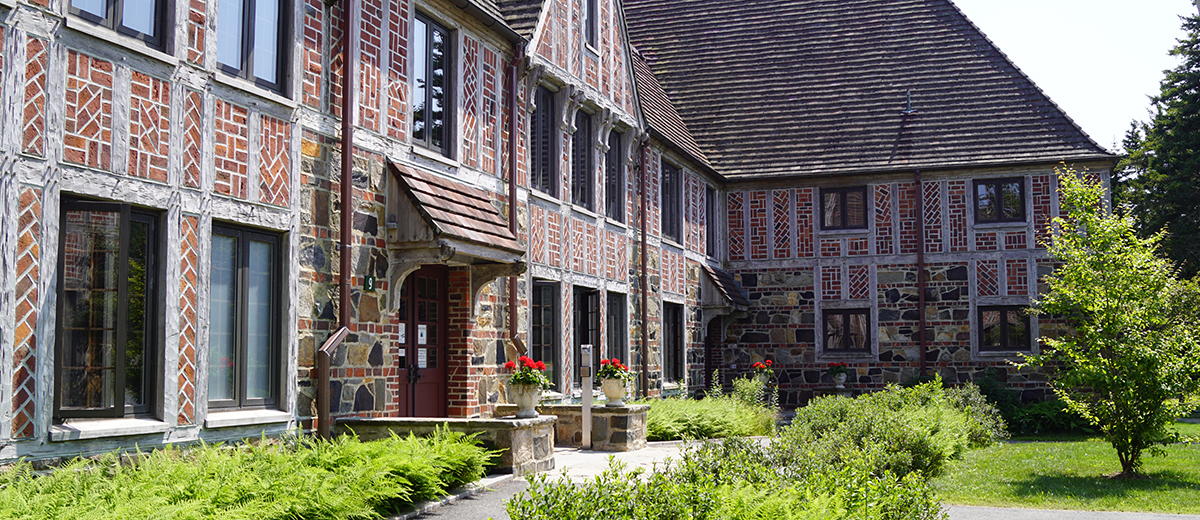We are located on Schoodic Point, in the homeland of the Wabanaki, People of the Dawn. Though many cultural sites have been lost due to thousands of years of fluctuating sea levels since the last Ice Age, archaeological evidence shows that Schoodic Point was a place where Wabanaki families harvested fish, clams, sea birds, and mammals for thousands of years. Schoodic remains an important place to Wabanaki Tribes today, supporting Indigenous science, community gatherings, and cultural events.
In the late 1700s, a Black man named Thomas Frazer moved to the point of land between Frenchman Bay and the mouth of a small tidal creek on Schoodic Point’s lower harbor. With his wife Mary and their seven children, the Frazer family fished and farmed. Archaeologists have found household items made of pottery, glass, bricks, metal, and other materials, as well as bones of cows, pigs, sheep, and chickens. Historical records show that Thomas Frazer enlisted in the American Revolutionary War in Captain Henry Dyer’s company of rangers at Frenchman Bay.
Families who drew their livelihoods from the sea and surrounding forest lived at Schoodic Point throughout the nineteenth and early twentieth centuries, while Wabanaki people maintained their enduring connections. In the early 1900s, John G. Moore of Steuben, Maine, purchased property at Schoodic Point and envisioned a summer recreation area. In 1929, the Moore family donated approximately 2,000 acres of land to the National Park Service with the requirement that the land be kept as a park, “or for other public purposes… including the promotion of biological and other scientific research.”
Beginning in 1935, Schoodic Point also served as a U.S. Naval Security Group Activity Base. The Navy employed some 350 personnel and 150 civilians when they announced the decision to close the base in the late 1990s. The National Park Service began planning for use and management of the returned property, which included 46 buildings (212,408 square feet) as well as roads, utilities, and other infrastructure. An intensive effort resulted in an amendment to the General Management Plan for Acadia National Park, and a strong interest in establishing a research learning center at the former Navy Base, part of the federal “Natural Resource Challenge” of the early 2000s.
The draft management plan received extensive input from members of the surrounding community, who in response to the closure of the base had begun their own multi-year process to create a future for the Schoodic Peninsula based on local assets, including the incredible natural beauty and connection to Acadia National Park.
Schoodic Institute emerged from these efforts in 2004 (as Acadia Partners for Science and Learning and then SERC Institute before changing our name to Schoodic Institute in 2013).
